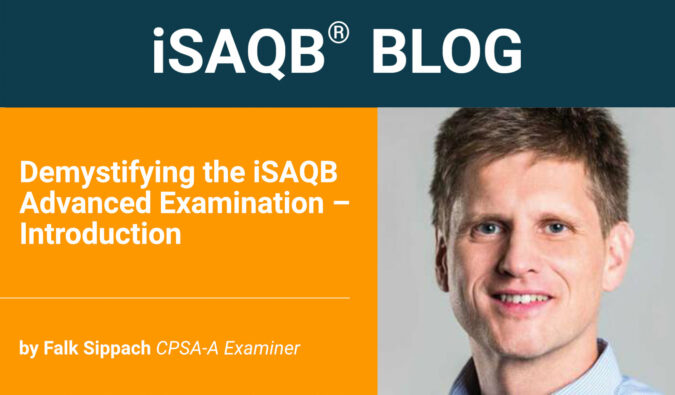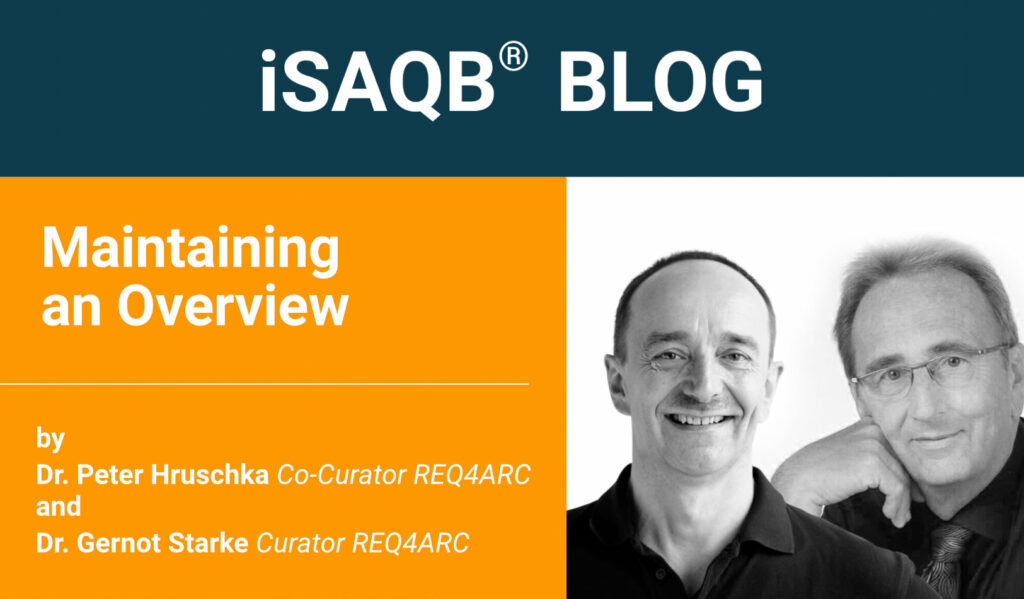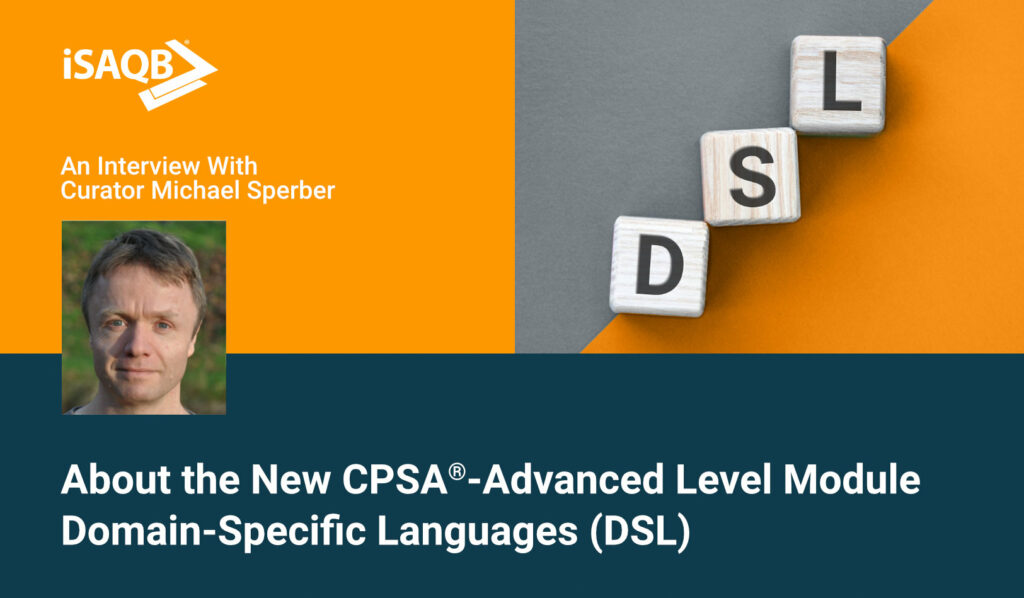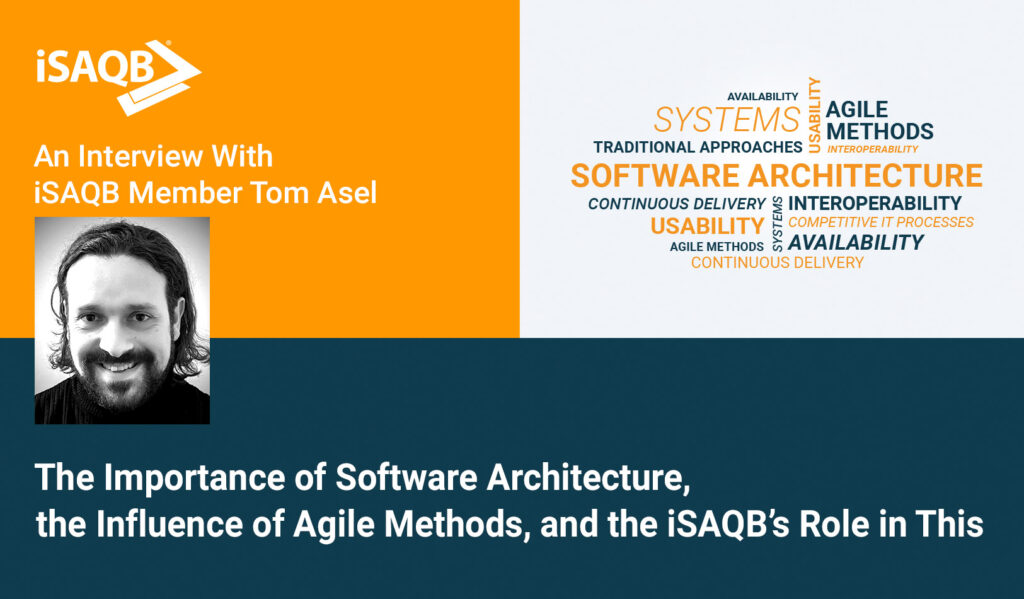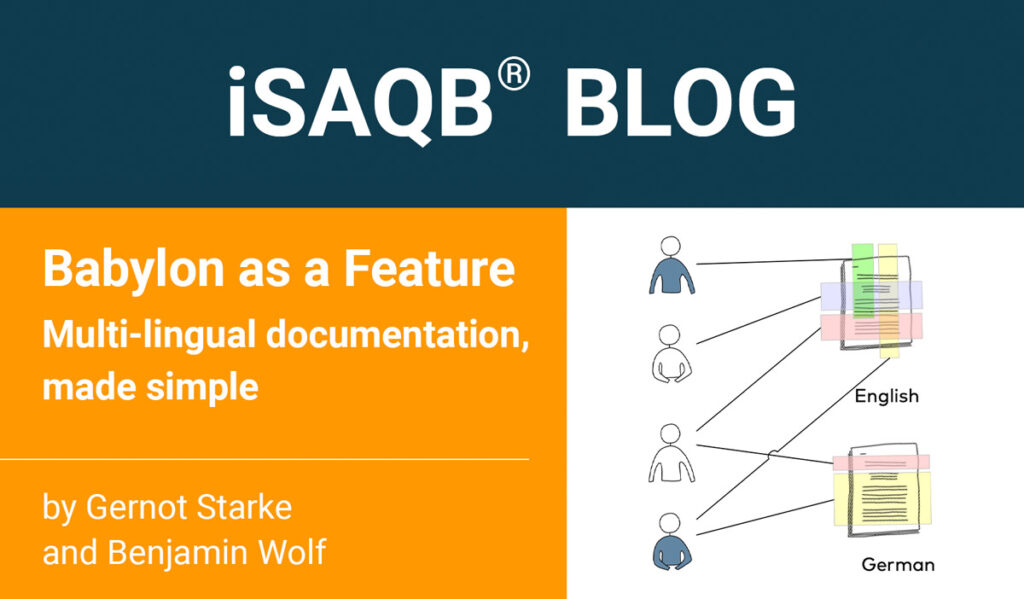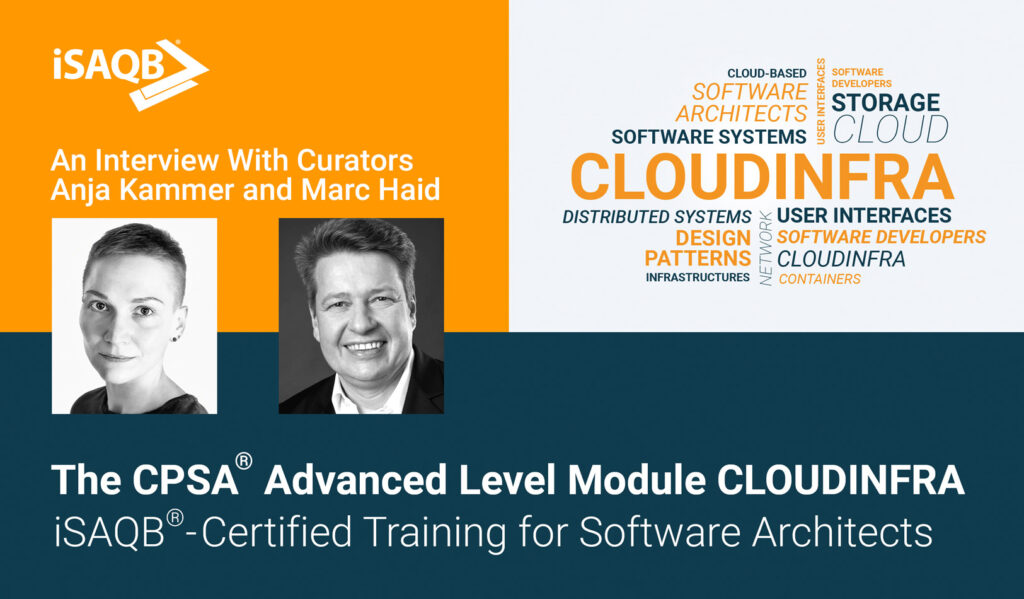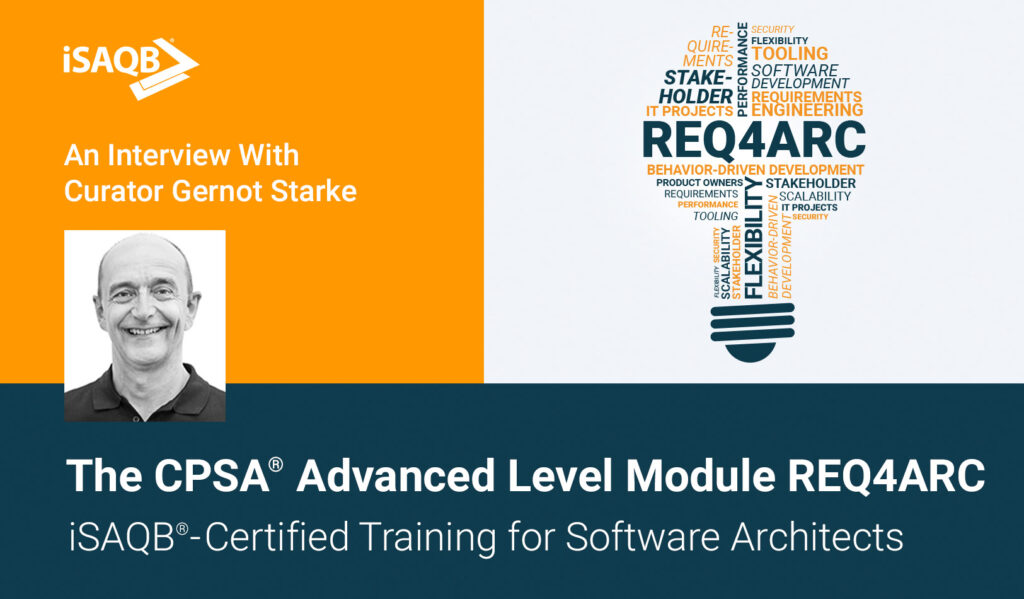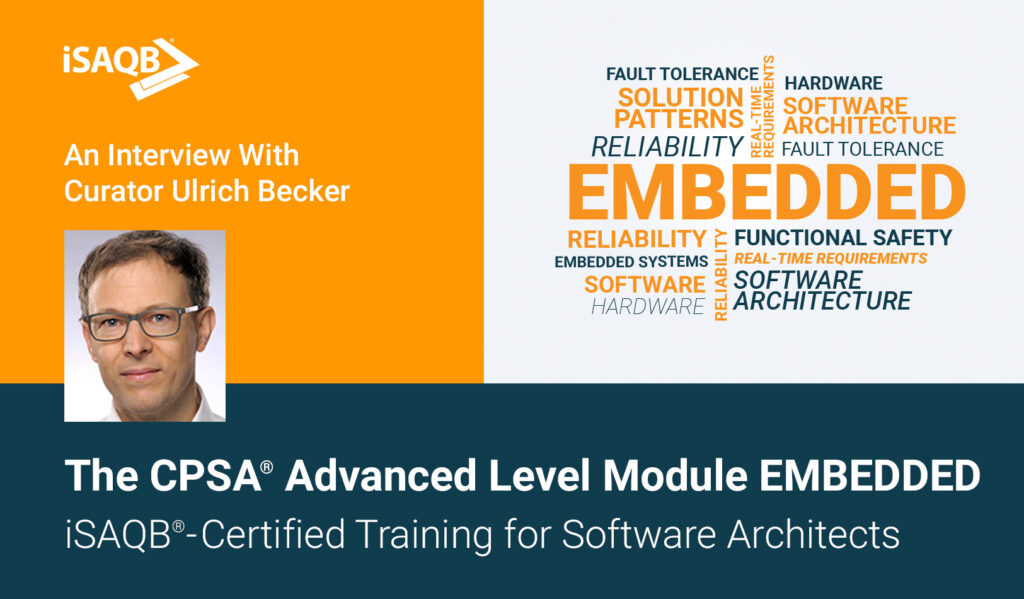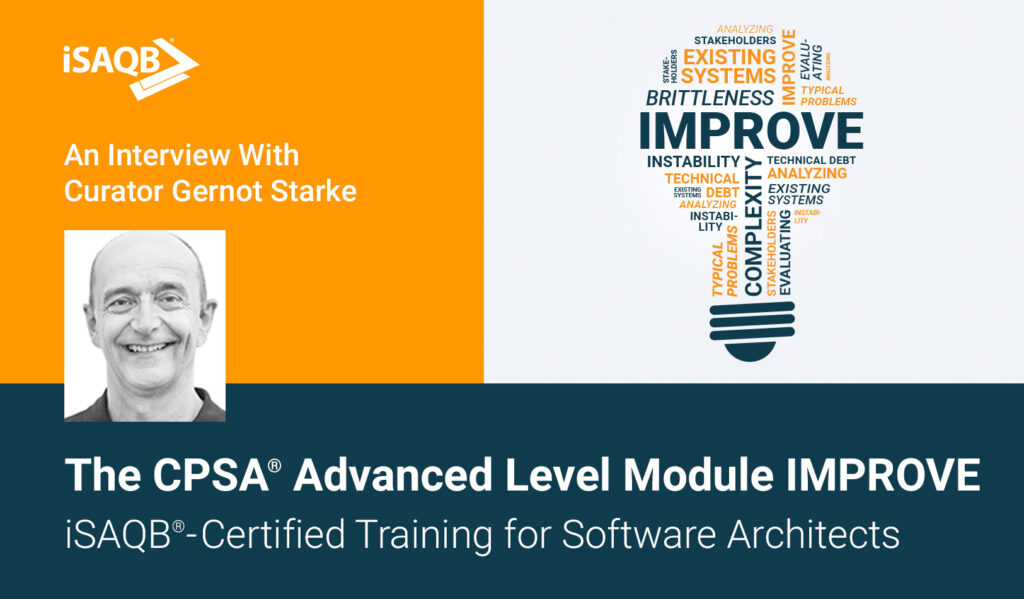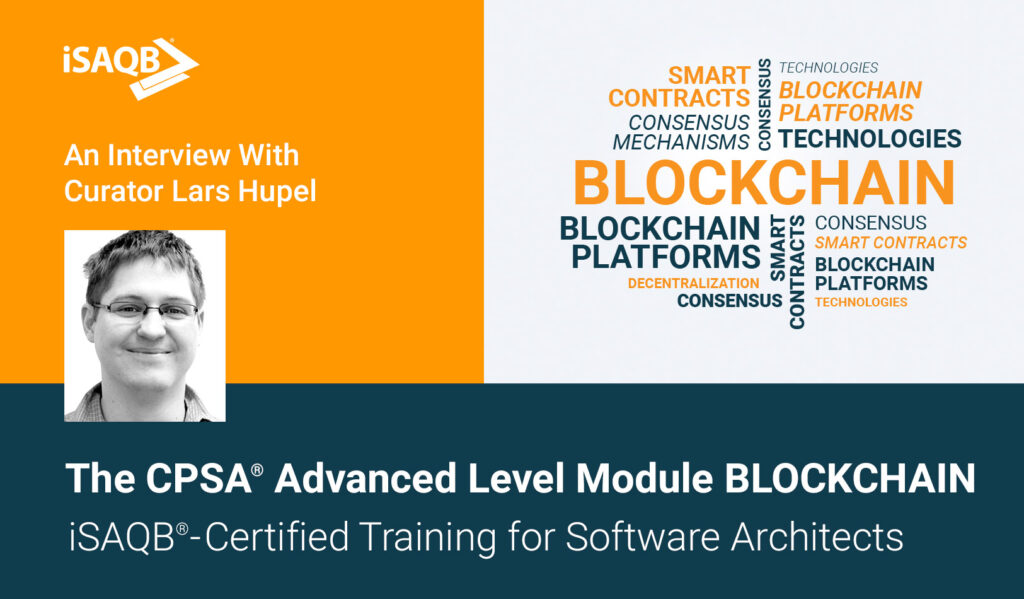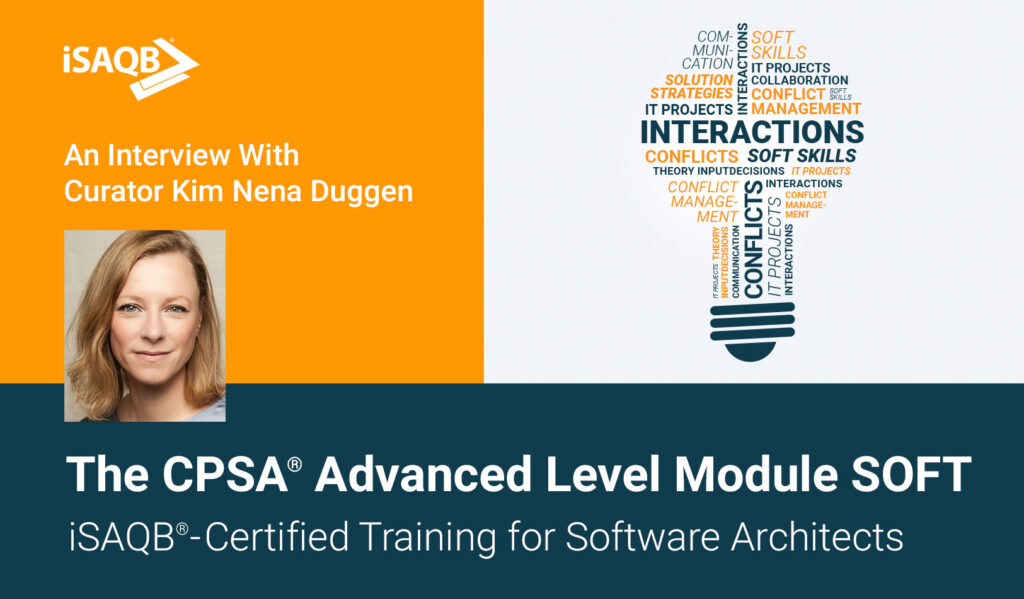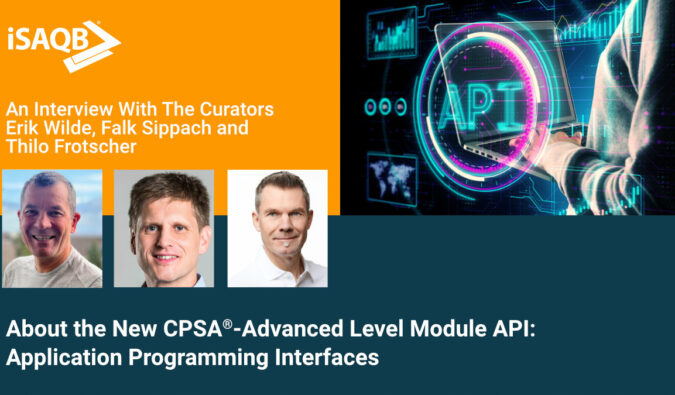Demystifying the iSAQB Advanced Examination – Introduction
by Falk Sippach, CPSA-A Examiner
Given the ever-increasing significance of a software architect’s roles and responsibilities, comprehensive training has now become essential. With this in mind, the iSAQB CPSA program offers a globally recognized, standardized education and training scheme. This blog article will guide you through the smartest approach to acing your Advanced examination.
Whereas “Foundation” – the entry level of the Certified Professional for Software Architecture Certification (or CPSA‑F for short) – “only” requires you to take a multiple-choice test, the second or “Advanced” level (CPSA‑A for short) requires you to do a project instead. It is an exciting and interesting task where you can prove your actual architectural knowledge and, if successful, demonstrate it with a certificate as well.
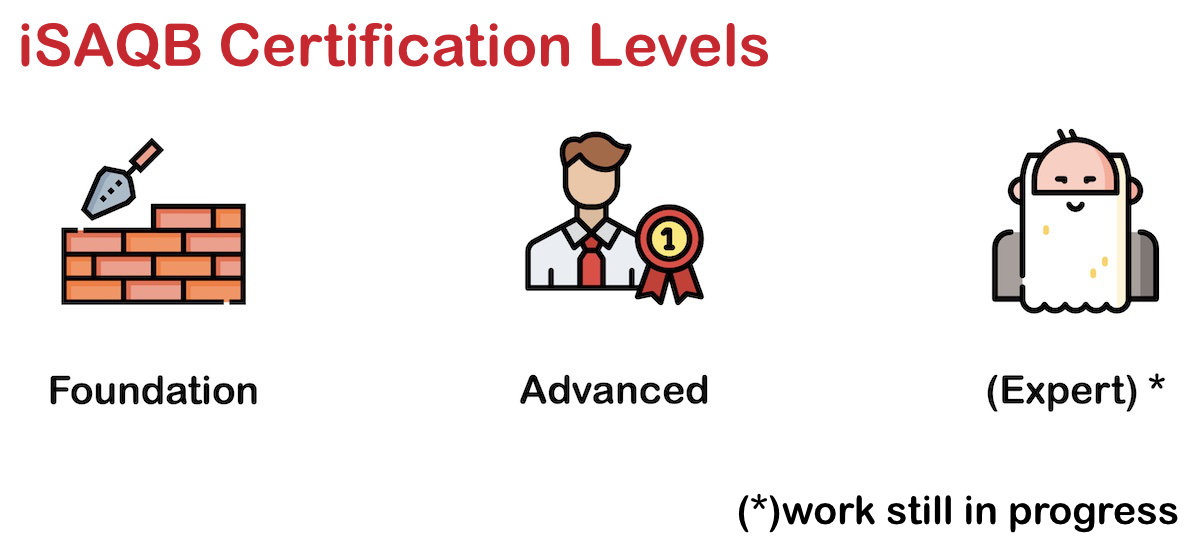
Training levels at iSAQB
However, the Advanced examination poses a major challenge both in terms of content and time. Examinees are usually required to work on the task alongside their day-to-day work and complete it in three months’ time, which is not to be taken lightly by anyone. For this reason, we will look at a specific case study in this blog series to learn how to practically tackle this task and how it can be successfully completed as well.
The example used
iSAQB provides sample tasks for the Foundation and the Advanced level. For the Advanced level, there is an older “BigSpender” examination task that was removed from the pool some time ago. In subsequent blog posts, we will look at the specific requirements, and you will familiarize yourself with a possible solution that will best prepare you for your own future examination.
And even if you are currently not interested in taking the iSAQB CPSA-Advanced examination, this hypothetical example will still familiarize you with the fundamental tasks in software architecture development. This is because good architectural work is essential for the success of the software systems that you develop and helps you achieve the required quality objectives.
Structure of the examination task
Stefan Zörner has already given a detailed description of how iSAQB-Advanced tasks are generally structured. Furthermore, you can find additional information on the iSAQB website and particularly in the document on the exam rules. In any case, you need to meet certain requirements in order to begin the exam.
Requirements and general procedure
You are expected to have a certain amount of professional experience (at least 3 years’ worth with contributions to two different projects). Furthermore, you must have the Foundation certificate and have attended a certain number of Advanced seminars. Along the way, you collect credit points that serve as proof of the competencies that you acquire in the three subject areas of methodology, technology, and communication.
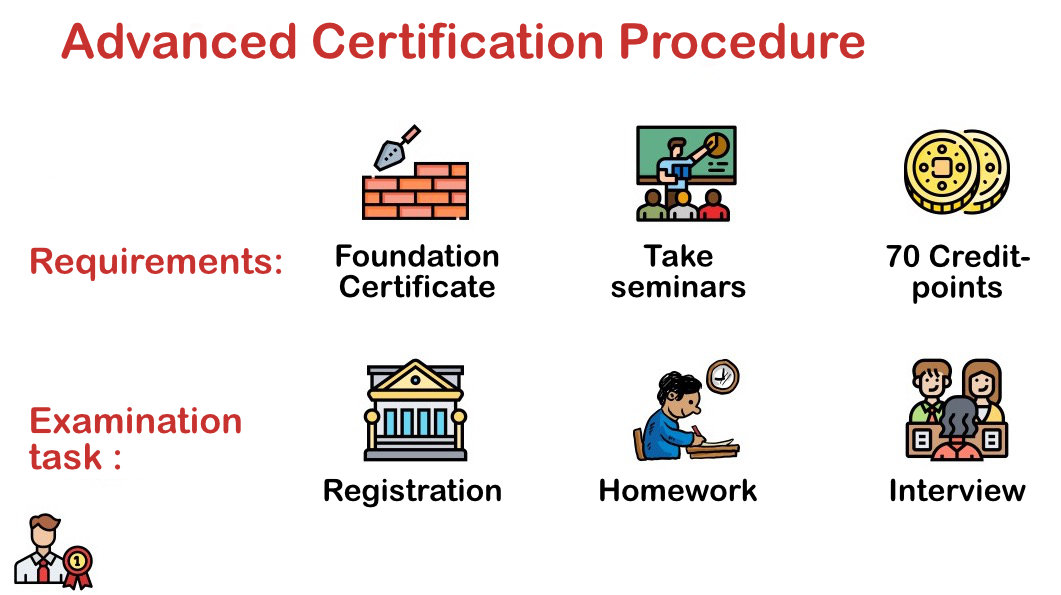
You must register for the examination via one of the approved Certification Bodies. While doing so, you may specify your desired start date. On that day, you will choose from two tasks assigned at random, and from that point, you will have a three-month period to complete it. Two examiners will evaluate your submitted deliverable and will conduct a conclusive telephone interview with you to ensure that you have completed the work yourself.
How to work on the project
In the Foundation seminar, a case study will be used to practically teach you fundamental software architecture work in small groups. This includes the requirements analysis, the draft, the documentation and, ultimately, the evaluation as well. Afterwards, the Advanced seminars go over some of the topics in detail. In the examination, you must demonstrate that you are now able to independently and systematically implement a software architecture design by means of a specific example. The task will guide you step-by-step as you work through it.
The task
There is a pool of different tasks from the areas of information systems, web systems, and embedded systems. You may choose one or two areas during registration, and you will typically receive two suggestions. In two days, you must afterwards ultimately decide on one of the tasks, and you may start working on it.
The task consists of roughly 12–15 A4 pages, and the first section contains information about the system to be developed. Although it can vary, it typically contains many of the following pieces of information:
- Important players
- One form of the system context
- An initial recommendation for a specialist class model
- An interview with the client
- Examples of user stories
- The stakeholders involved
- Information on constraints
- Furthermore, it includes quantity structures, statements on requested availability, etc.
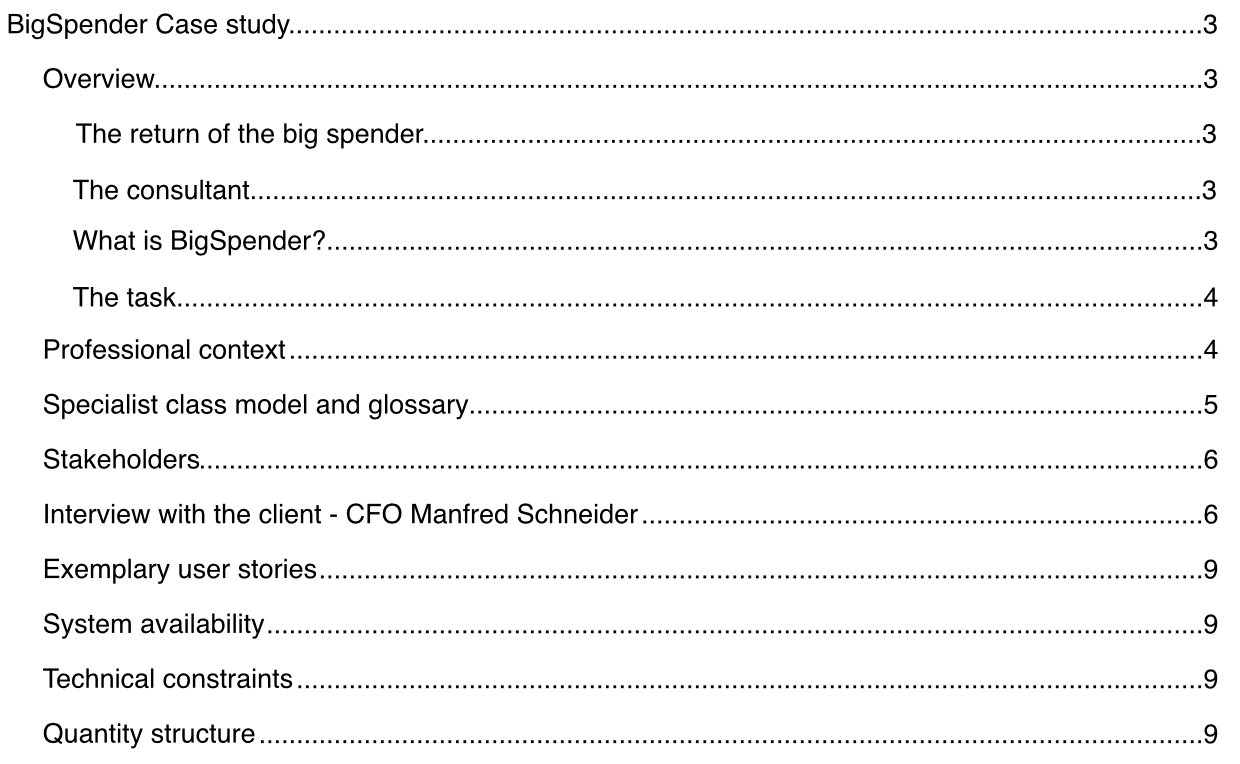
Content and requirements, e.g., BigSpender
The required results
The examination task precisely defines the results that you are expected to deliver, and your reading literacy is indirectly tested in the process. Therefore, I suggest that you pay close attention. For instance, if a diagram and a table is expected, then you should not write paragraphs.
Important note: Follow the task. The requested content and its expected format are clearly stated. Failure to follow the task results in extra work for the examiner and, in the worst-case scenario, can even result in a failed exam.
The examination consists of roughly six subtasks, and you must be able to answer these questions—even in your own software projects. Consequently, the techniques you employ in your daily work will be quite like those you’ll use in the exam. You only need to apply them to the hypothetical example.

Tasks to be completed in BigSpender
If you have doubts about any requirements, you are allowed and required to make assumptions and, of course, you should document and explain them as well. Furthermore, I recommend that you adhere to the required formalities such as the requested formatting and create the requested indexes for the chapters, graphics, tables, and sources. And do not forget to create a legend for the diagrams. This will make the examiners’ job easier and saves them from guessing what your intention was.
This is a translation of the blog post “iSAQB Advanced Prüfung entschlüsselt — Einleitung” by Falk Sippach. Here you can find the original blog post in German.
Share this article:
Related Posts
- « Previous
- 1
- 2
- 3
- 4
- Next »

